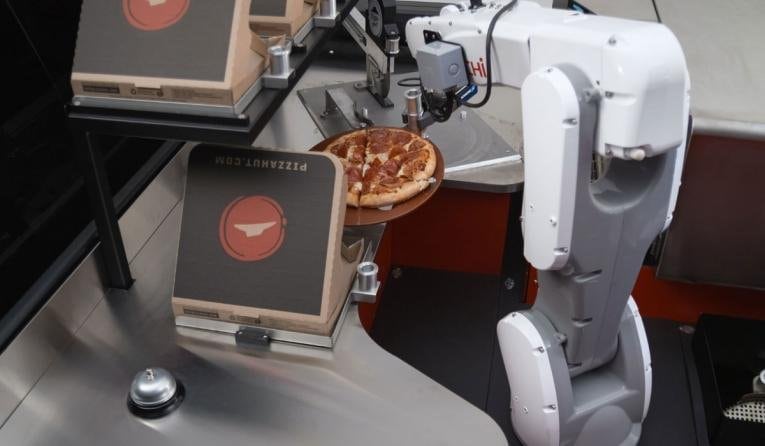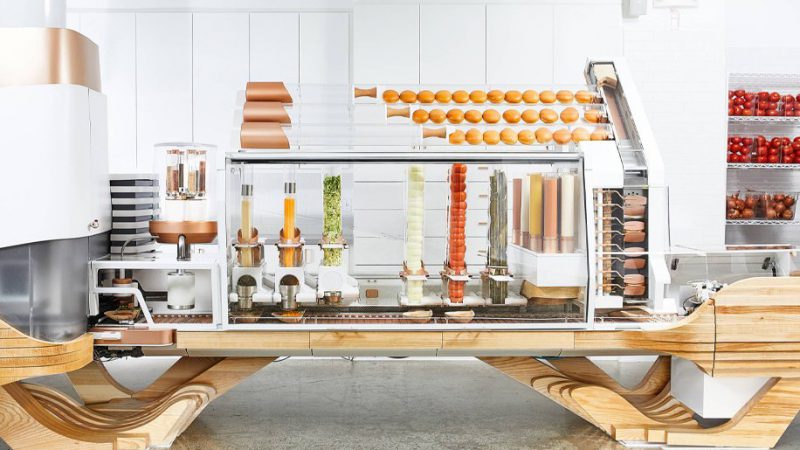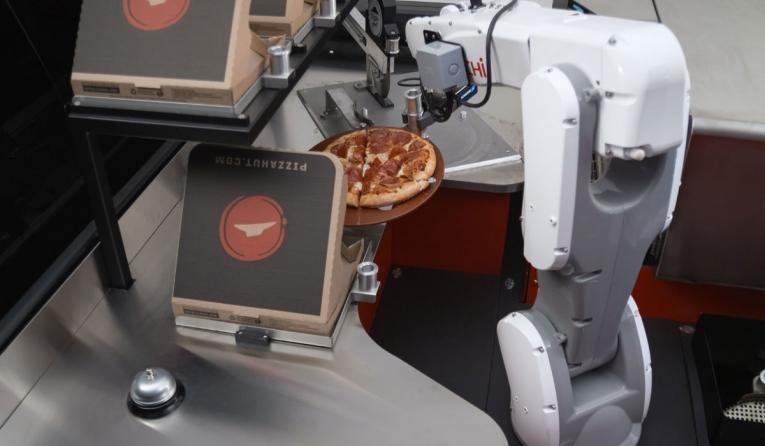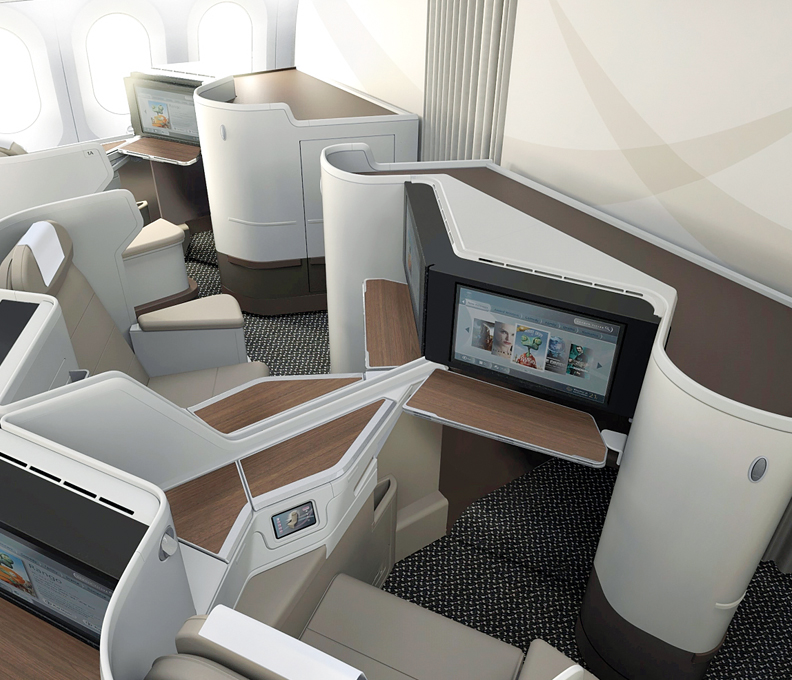Robots in Restaurants?
Research finds the food service industry will soon be adding robotics to offset rising labor costs
November 24, 2020


Pandemic challenges are hastening the robotic transformation of the food service industry. How soon will bartenders and wait staff be replaced by mechanical counterparts? Very soon, according to Dina Marie Zemke, associate professor of residential property management in the Miller College of Business at Ball State University.
Her study, entitled “How to Build a Better Robot for Quick Service Restaurants,” found the overwhelming majority of respondents believe there is no stopping the robotic transformation of the food service industry, including quick service restaurants (QSRs).
Zemke collaborated with several faculty from the University of Nevada, Las Vegas on the study, which was published in the Journal of Hospitality and Tourism Research.
“There was a high level of resignation about the inevitability of QSRs incorporating robots during our group interviews,” said Zemke, who. “This finding is similar to the acceptability of routine societal change. Participants felt that the incorporation of robotic technology is a question of when, rather than a question of if.”
Zemke points out that robotic technology designed to perform specific physical tasks has recently emerged as an option for hospitality businesses due to decreasing robotic equipment costs.
The price to purchase a hamburger cooking robot is about $60,000. However, many industrial service robots, such as robotic vacuums and robotic assembly arms, are leased. The manufacturer or distributor is responsible for all maintenance on the device. A commercial robotic vacuum will cost between $7,000 and $15,000 to purchase, but they are often leased at $4 to $6 per hour of operating time, less than half the $15 minimum wage many are advocating.
“The genesis of this study was the ‘Fight for $15’ movement, which focused heavily on hourly service jobs, such as those in franchised quick service restaurants,” she said. “Many restaurant operators cautiously suggested that they may explore robotics as an alternative to absorbing these increased labor costs.”
Zemke noted that the majority of robots used in the hospitality industry are technologies initially developed for other industries, such as automobile and food manufacturing, which have been modified from their original functions to perform their tasks in a hospitality setting.
Examples include the work performed by robotic vacuums, information displays, and robotic manufacturing assembly arms, which put together pizzas and cocktails.

The study also found that robots remain a novelty for most people.
“At this point, a lot of people have a positive impression of robotic technology that entices guests to visit the location at least once, although they were unsure whether the robotics would sufficiently overcome average food or service to entice them to return to the restaurant a second time,” Zemke said. “This is consistent with past examples of restaurant concepts that provided a highly unique experience but suffered from the reputation that the guest would visit once because of the ‘experience’ but would not return because the food was too expensive and/or the food quality or service provided a poor value overall.
Despite the impending changes, the study found that respondents have major concerns regarding the societal impact of robotics entering the realm of QSR operations, including the cleanliness and food safety of robot technology, and communication quality, especially voice recognition, from both native and nonnative English speakers.
“And imagine telling your problems to a robot instead of a human,” she said. “It changes the dynamic of bartending dramatically when you add in mechanism with artificial intelligence and not common sense.”
In the end, Zemke believes that rising labor costs will force restaurant owners to turn to robotics.




